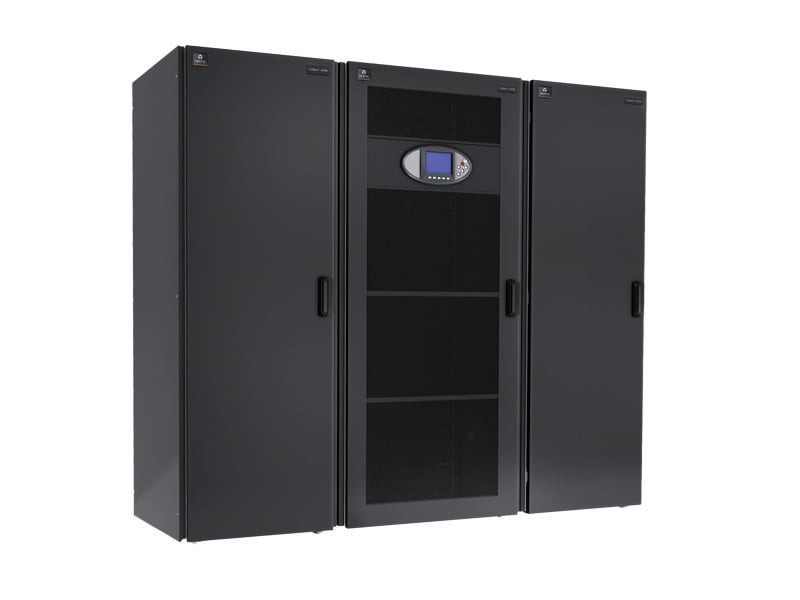LIFE™ Services
Minutes matter when business-critical systems go down. But even knowing there is a problem can take hours without constant oversight. LIFE Services provides 24/7 monitoring for near-instant notification of operating anomalies or alarm conditions. Add in concurrent data analysis by remote system engineers, and you get exceptional system visibility. With this information, our technicians are armed to quickly, accurately, and safely restore equipment to its proper operating condition.
Sauvegardez ce produit dans votre tableau de bord
Vous venez de sauvegarder ce produit dans votre tableau de bord afin de le consulter ultérieurement. Vous pourrez ensuite facilement le supprimer quand vous n’en aurez plus besoin.
Veuillez vous connecter ou créer un compte pour sauvegarder ce contenu afin de le consulter ultérieurement
- Banking Financial and Insurance
- Data CenterColocationHosting
- Retail and Wholesale
- Healthcare
LIFE™ Services
Minutes matter when business-critical systems go down. But even knowing there is a problem can take hours without constant oversight. LIFE Services provides 24/7 monitoring for near-instant notification of operating anomalies or alarm conditions. Add in concurrent data analysis by remote system engineers, and you get exceptional system visibility. With this information, our technicians are armed to quickly, accurately, and safely restore equipment to its proper operating condition.
- Banking Financial and Insurance
- Data CenterColocationHosting
- Retail and Wholesale
- Healthcare
Avantages
Caractéristiques
Trouver la personne-ressource de votre région
Personnes-ressources pour l'assistance produits
Modifier
Foire aux questions (FAQ)
- Q
- What is different about remote monitoring using a building management system?
- R
- The key advantage of LIFE Services is having remote system engineers monitor, analyze, and respond to critical system alarm messages and operating anomalies.
- Q
- Who is monitoring the critical systems and where?
- R
- System engineers located in remote service centers around the world monitor, analyze, and respond as necessary to optimize the health of the critical systems.
- Q
- How is the data transmitted?
- R
- Hypertext Transfer Protocol (HTTP) is used as an encapsulating protocol to transmit data between the enabled critical systems and the remote service center.
- Q
- What type of data is collected?
- R
- Critical system alarms, events, operating parameters, and identification data are collected and transmitted to authorized remote service centers.
- Q
- Where is the data stored?
- R
- The data is stored in the state-of-the-art Emerson global data center located in the United States.



